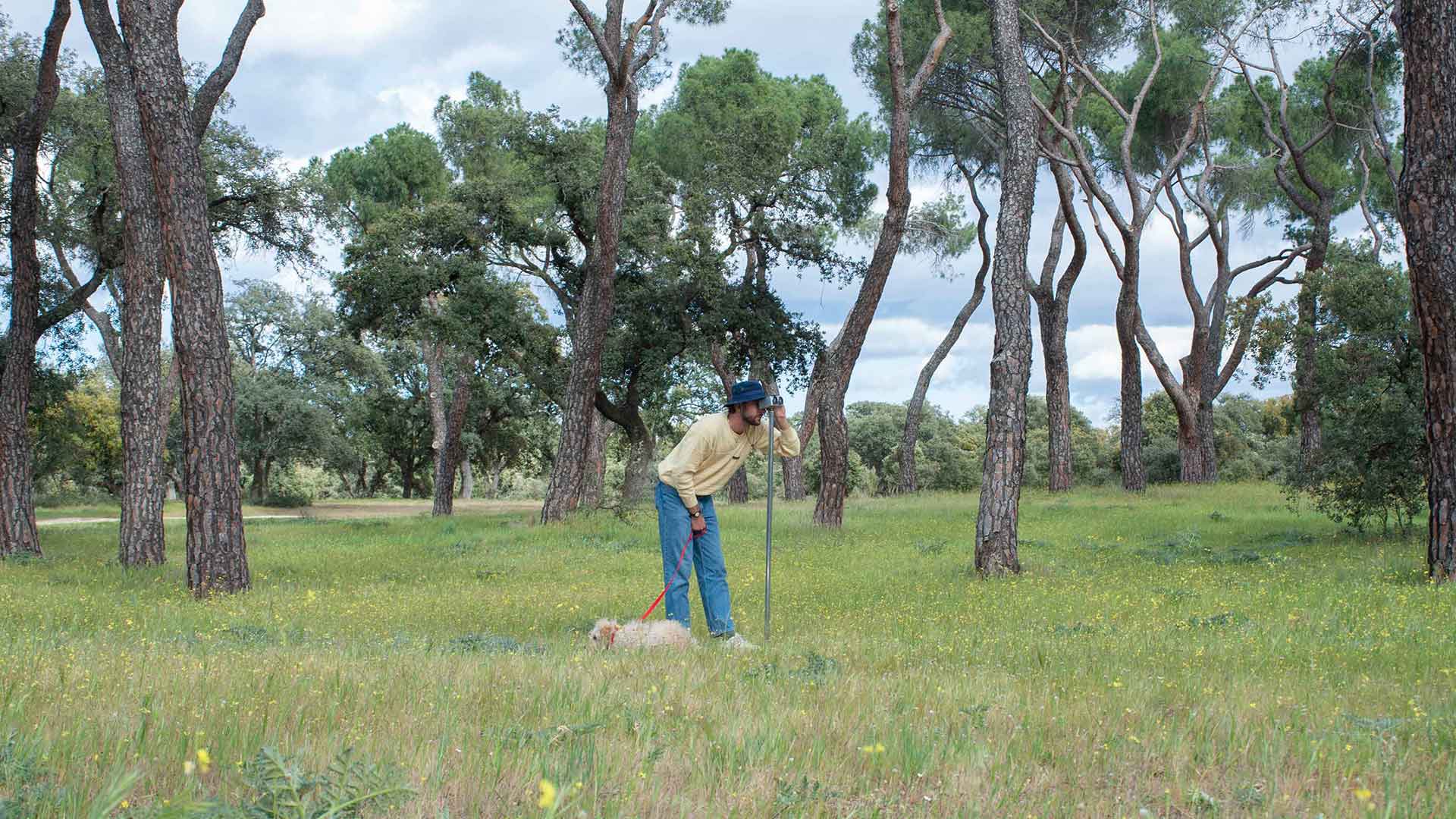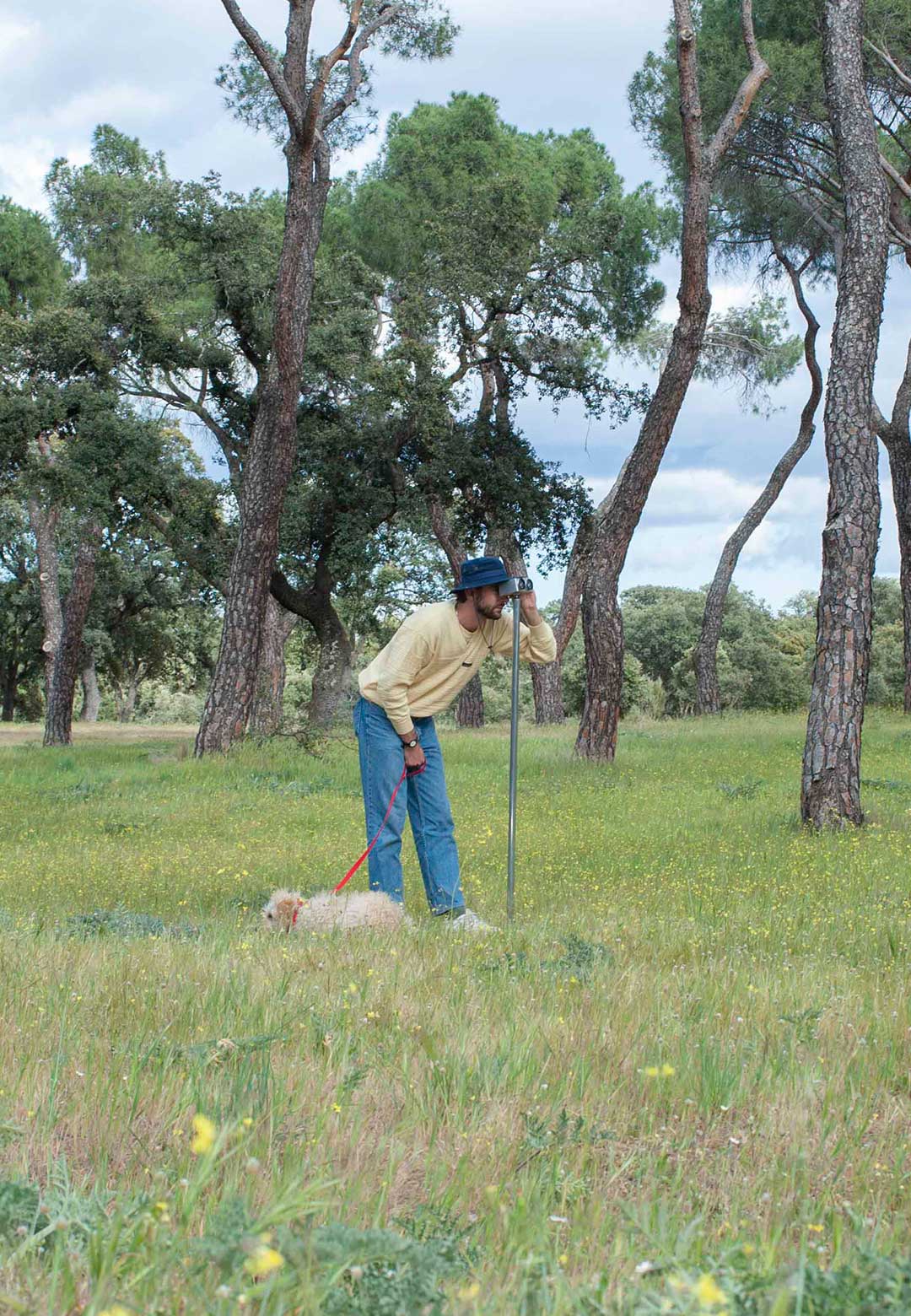For NYCxDesign 2023, Furnishing Utopia poses a pertinent question for the design community: How can we enrich our creative practices through caring and empathising with others? This first edition of PUBLIC ACCESS showcases works from 39 international designers from 19 cities, 12 countries, exploring how design can encourage communal acts of sharing. The exhibition features a variety of works that are created and constructed on site, some providing shared resources, some connecting with nature and some arousing wonder. As the name suggests, all the works welcome the public to freely engage with the installations and surroundings. The exhibition has two segments, each at a distinct location in Brooklyn. First is Head Hi, an organisation that fosters design and architecture publications and cultural events. The other is the Naval Cemetery Landscape in Brooklyn Navy Yard, a historical site that is a sacred woodland and a memorial grassland for public use. The exhibition wishes to inspire more works like these, and each project will be published online with open source plans and references.
Furnishing Utopia is a global group of creatives who explore how design values are linked across cultures, places and time. By learning from the past and interacting with the present, they envision more ideal ways of living for the future. It also aims to move away from design as a commodity and instead inspire a new sense of accessibility and care. They are reflective designers who collaborate with cultural and educational institutions. They design for the better by connecting and having in-depth dialogues with other designers, curators and instructors. Most of these projects from around the world encourage utility, sustainability and having a shared experience. This enables people to have a strong sense of place.
STIR features some of the artist’s works at the exhibition.
Space 10‘s Bee Home: a shared design for our planet
SPACE 10 is a research and design lab that works to improve everyday life for people and the planet. Situated in Copenhagen, they examine and innovate design solutions for major societal changes that influence people and the planet in the future. The lab is endorsed by and committed to IKEA, but works as an independent lab.
Bees and their work are vital for life on this planet. Wild bees, or solitary bees, have adapted to the flowering plants in their area and home, pollinating much more than honeybees. They have shaped our natural environment for millions of years. But humans threaten their place in this world. With designer Tanita Klein and Bakken & Bæck, SPACE10 has launched Bee Home—a free and open design that enables anyone, anywhere, to support their local wild bees and preserve the world’s biodiversity.
This research-based and rapidly prototyped design meets the needs of solitary bees. It has holes for food storage and egg laying, with no glue or toxic adhesives. The hole dimensions make the bees feel at home. It is locally fabricated and sustainably designed, made without nails or extra materials it becomes easy to recycle and encourages circularity. Inspired by Japanese joinery, it is very easy to assemble and dismantle.
Bee Home shows how we can make people want to solve this big problem in a fun and easy way. Through a website that lets anyone make, change and get their own Bee Home, we hope to show how everyone’s design can help make our relationship with the planet better. This interactive and inclusive method brings together people and perspectives from all corners and makes up a shared public artefact. A project that uses perks of digital fabrication and parametric design imbibing new distribution methods for a fully democratic design process. Everyone can design, customise and make their own Bee Home locally.
Allan Wexler’s Picket Fence Furniture opens fences to accommodate interactions
Allan Wexler Studio remodels a mundane element of American houses. Picket Fence Furniture is a collection of furniture pieces that use pickets as the main element. Pickets are vertical wooden boards that are often seen on American fences, which have ancient origins and represent domesticity and security. By arranging the pickets in different angles and directions, the furniture pieces create various functions such as seating, gates and partitions. The furniture pieces blur the boundary between inside and outside, turning a fence into a living space.
CHIOZZA’s rain garden bench adds an experience to the rain garden railings in NYC
The Rain Garden Bench by CHIAOZZA is a design that turns the railings of NYC Rain Gardens into seats. NYC Rain Gardens are planted areas that collect stormwater runoff from streets and sidewalks. They are managed by the DEP(Department of Environmental Protection) and have trees, flowers, and other plants. The bench is a way to invite people to use and care for these small public spaces. It offers a place to relax, chat, and enjoy the garden.
Erik’s billboard asks people to create a symbolic memory in the neighbourhood
A Swedish author and a journalist, Erik Eje Almqvist’s installation “Olivia the Great's Eternal Rest” consists of a set of instructions that allows anyone to construct an ancient memory and place it in their neighbourhood. It encourages people to have a common history and hence connect in a better way to one another.
Fin Studio reuses objects for growing a living bench
This installation by Fin studio will show how to use discarded objects as a support for the plants to climb on. A botanist will help choose the best plants for different regions. This step fuses new life into otherwise a dirt area full of weeds and trash.
Jonah Takagi & Pete Oyler design a bike pit stop with a view for riders
Jonah Takagi and Pete Oyler have designed a series of bike friendly spots in non urban public areas. It is a place for riders to sit and relax while enjoying the view. The long utility pole marks the spot and has some tools for fixing flats and other problems.
Kaarem’s residual waste chess table encourages people to pause
It has two boards attached to the bracket and wire loops to hang it on a rail. It can rotate 270 degrees for private or public use and can also be a table.
Colourful geometric graffitis by Kim Thome, makes urban spaces bright and cheerful
A multidisciplinary designer, Kim Thome’s approach to the project was to redecorate urban spaces by using a custom tool that paints patterson boards quickly and accurately. This version of the ‘tool’ is like a giant compass with paint brushes arranged to make circular designs. This project also brightens up dull abandoned urban corners and makes them less gloomy and seemingly safe.
The variety of installations range from the stationery binoculars for tourists by Spanish designer Sina Sohrab to ‘living fridge’ by One love community that has provided a huge amount of food to NYC fridges. From different modular furniture systems by Kuo Duo and Loose parts to a Give and Take station by L&G studio for beach goers aimed at reducing waste.
Amongst the participating studios are, Altimeter, Boym Partners, Bravo, Kaja Dahl, Kazuki Guzman, Studio Sloyd, Jonathan Nesci and many more.
PUBLIC ACCESS will be shown in two locations in Navy Yard, Brooklyn. The indoor exhibit at Head Hi, 146 Flushing Ave, Brooklyn, NY is on view from May 18 to June 3, 2023 while the outdoor exhibit at Naval Cemetery Landscape, 63 Williamsburg St W, Brooklyn, NY 11249 is on view from May 18-25 , 2023.
Text by Shivangi Buch






 Sign in with email
Sign in with email










What do you think?